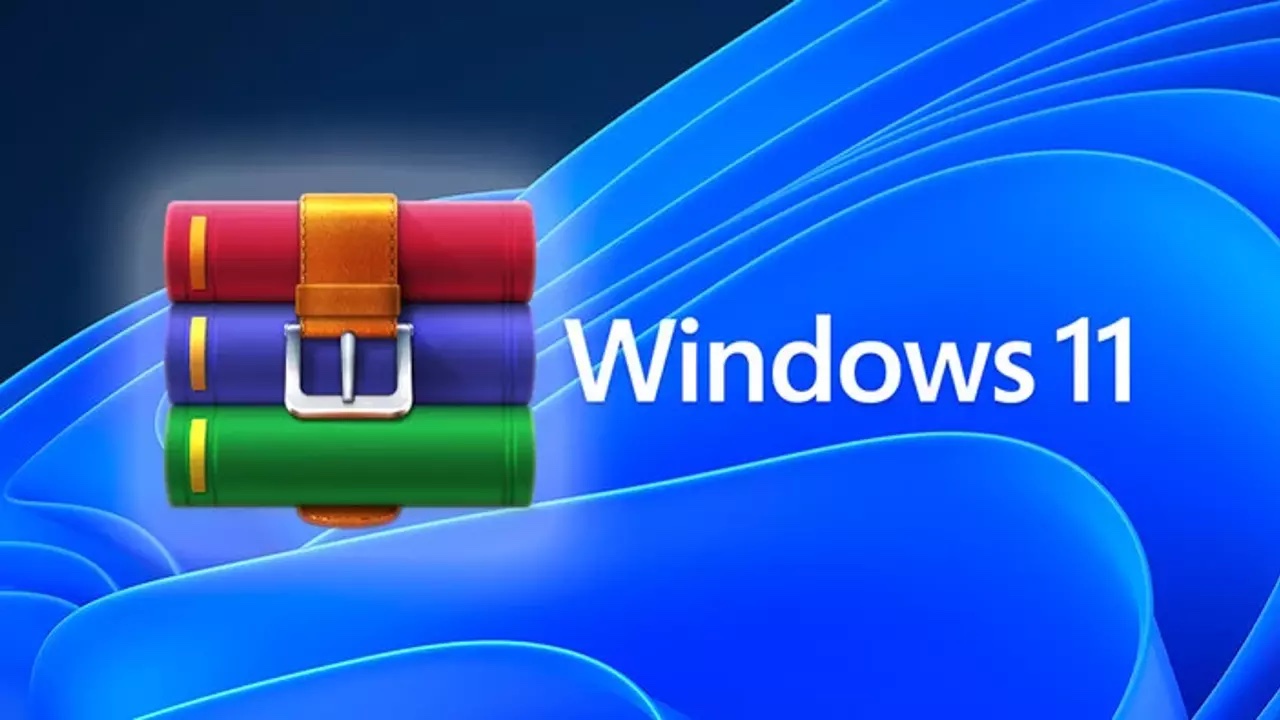Imagine it’s 1999, you and your friends are on a quest, delving deep into the virtual world of the internet using Windows Internet Explorer on your upgraded 98SE gaming computer. As you traverse through the webscape filled with warez sites, you stumble upon an FTP server, a treasure trove of cryptic files labeled as “.rar, .r00, .r01, r.02…” and you can’t help but scratch your heads in confusion. Then, you discover WinRAR, a tool superior to WinZip, capable of decrypting these RAR files and to your delight, it’s available for free.
History and evolution of file compression
It’s taken almost three decades for Windows to natively support the .rar file without any additional software. Back in the day, RAR was just one among many compression tools. These “applications” (as they were then called) were designed to minimize the size of file sets to allow for more efficient transmission over painfully slow internet connections.
Data compression was essential in those days. It served various purposes, from software distribution to archival use. Although I can’t say if WinRAR was as popular in the corporate world as it was among those seeking pirated games and applications, the tool’s longevity since its inception as a DOS program points to its significance.
The diminishing need for tools like WinRAR
However, the passage of time has seen the importance of applications like WinRAR decline. As drive capacities and network bandwidth have soared, the need for such tools has lessened. Broadband connections that once took me overnight to download a few megabytes are now capable of transferring this amount in just a second. Moreover, open source standards like the libarchive project have emerged.
Windows finally embraces RAR
Recently, someone at Microsoft must have decided to simplify the process of working with .rar files. In a recent blog post titled “Reducing toil,” Microsoft casually announced the addition of native support for a variety of archive formats, including tar, 7-zip, rar, gz, and many others, using the libarchive open source project. This development would enhance the performance of the archive functionality during compression on Windows.

This change is significant, even though other operating systems have been integrating this library for some time now. Native support for .rar files and other common archive formats is a welcome development.
Reflection and appreciation
Over the years, I’ve found various uses for WinRAR. Some of them have been legitimate, others less so. But it’s been a constant companion in my digital journey. And now, after years of using WinRAR without a license, I’ve decided to purchase it, out of respect for this resilient piece of software that has journeyed with me through my computing life.
I’m still not sure about the future of WinRAR. But for now, I’ve reached out to the company to find out what they think of Windows’ official adoption of the RAR format and what it could mean for their software and business.
Dear readers, what’s your take on this evolution? What are your experiences with WinRAR? Feel free to share your thoughts in the comments section below!













